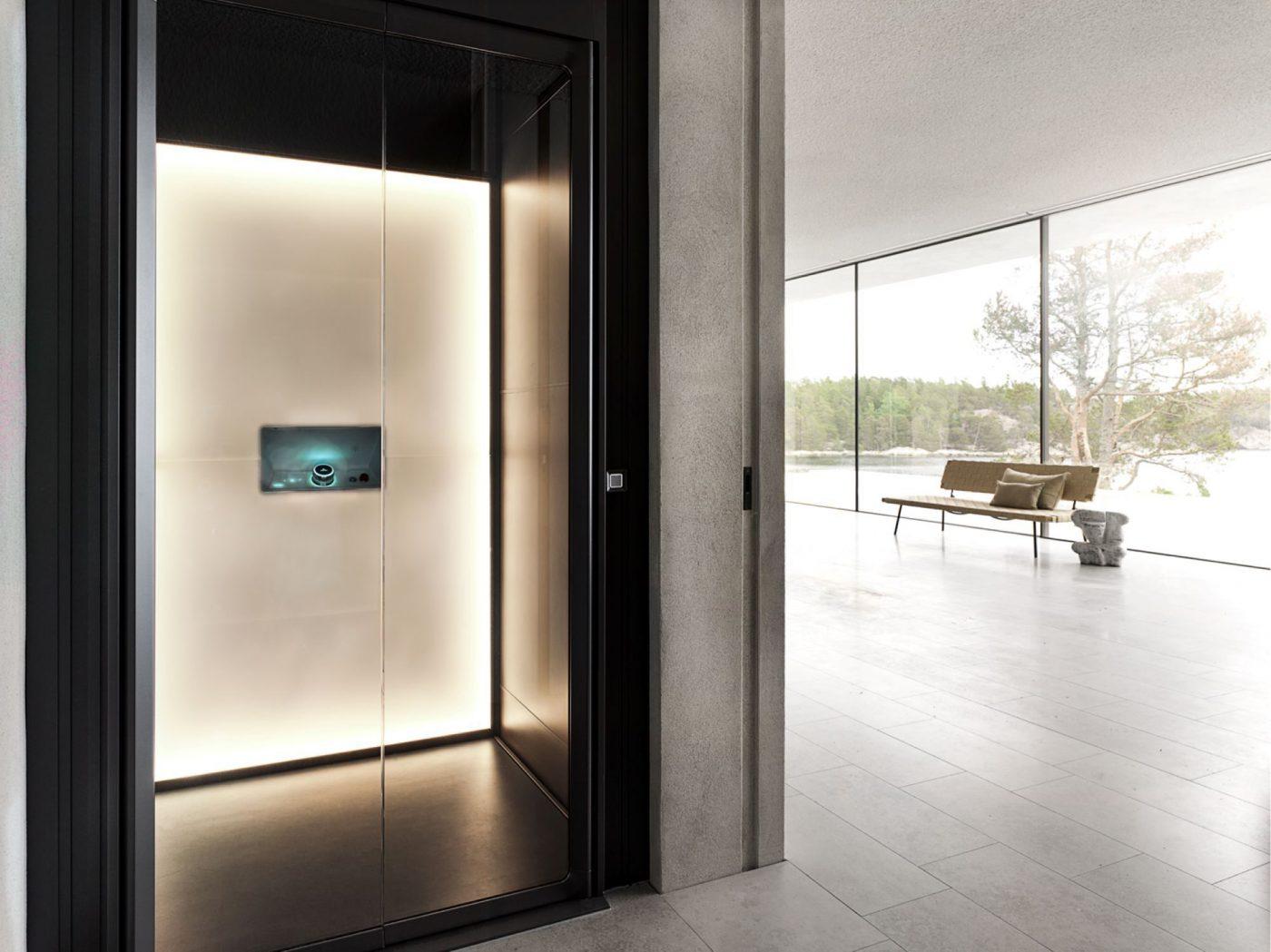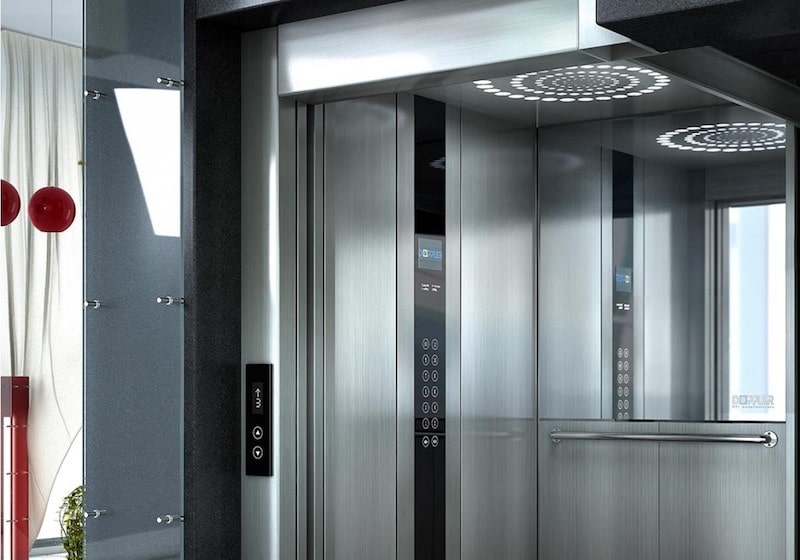Diving Into the World of Lifts: Typical Issues Encountered by Different Lift Mechanisms
As we navigate with the upright transport systems of modern-day buildings, lifts stand out as an essential component of our daily lives. From hydraulic elevators to grip systems and machine-room-less layouts, each lift type comes with its set of common issues.
Hydraulic Elevators
Hydraulic lifts, often chosen for low-rise structures, use fluid pressure to regulate the motion of the elevator auto (lift repair companies). This device includes a hydraulic pump pushing oil into a cyndrical tube, triggering the elevator to relocate in the wanted direction. While hydraulic elevators are recognized for their quiet and smooth operation, they do come with their very own collection of common issues
One common trouble with hydraulic lifts is oil leak. The seals in the hydraulic system can wear gradually, resulting in oil seepage. This not only produces a mess however can likewise impact the elevator's efficiency if left unaddressed. Additionally, problems with the control system, such as defective shutoffs or a malfunctioning pump, can cause disruptions in the elevator's motion.
Routine maintenance and punctual repair services are necessary to guarantee the smooth functioning of hydraulic elevators. By attending to these common issues proactively, structure owners can decrease downtime and ensure the security and performance of their upright transportation system.
Grip Elevators
When taking into consideration upright transportation systems in buildings, one more usual kind in addition to hydraulic lifts is the traction elevator. Traction elevators run making use of a system of ropes and counterweights that move the elevator automobile by clutching onto the hoist ropes. This mechanism permits smoother and quicker upright transportation compared to hydraulic systems.
Among the usual problems dealt with by grip lifts is rope wear. The continuous activity of the ropes within the traction system can bring about tear and put on in time, possibly creating the lift to breakdown or become risky for usage. Routine evaluations and upkeep of the ropes are necessary to make certain the lift's proper functioning and safety and security.
Another problem that grip lifts might come across is related to the control system. Problems with the control system can bring about concerns such as irregular movement, delays in feedback times, or even total shutdowns. Regular screening and maintenance of the control system are essential to avoid such concerns and guarantee the lift's reliability.
Machine-Room-Less (MRL) Lifts

One of the essential components of MRL lifts is the portable gearless grip machine that is set up within the hoistway. This machine effectively drives the lift automobile without the need for large devices found in traditional grip lifts. Furthermore, MRL elevators generally use a weight system to stabilize the car, more boosting their energy performance.
Regardless of their benefits, MRL lifts may face obstacles connected to repair and maintenance due to the restricted room for tools installation. Access for servicing elements within the shaft can be restricted, calling for specialized training for technicians. Appropriate upkeep schedules and routine inspections are important to guarantee the ongoing smooth procedure of MRL lifts.
Overloading and Weight Restriction Issues
Are elevators outfitted to handle excess weight lots efficiently and safely? Overwhelming and weight limitation concerns are essential concerns in lift operations. Lift suppliers layout lifts with certain weight capabilities to guarantee guest security and devices longevity. Going beyond these weight restrictions can bring about various troubles, including mechanical failures, hold-ups, lift companies in London and security hazards.
When elevators are overloaded, it puts extreme stress on the motor, cable televisions, and various other parts, potentially causing breakdowns or breakdowns. If they spot excess weight, security mechanisms such as sensors and overload sensing units are in place to prevent lifts from relocating. Furthermore, exceeding weight limitations can result in boosted energy intake and deterioration on the elevator system.
To alleviate overwhelming issues, constructing managers must plainly display weight limitations in elevators and inform occupants on the relevance of adhering to these restrictions - lift repair companies. Normal upkeep checks by qualified technicians can additionally aid make certain that elevators are operating within safe weight specifications. By resolving overloading and weight limit concerns proactively, london lift company structure owners can boost lift safety and security and efficiency
Electric System Failings
Going beyond weight limitations in lifts can not just bring about mechanical concerns however also potentially add to electrical system failures within the lift facilities. Electric system failings are a crucial worry in elevator operation, as they can cause unexpected closures, malfunctions, and even security hazards. One typical electrical problem is the getting too hot of elements because of excessive existing circulation brought on by straining the elevator past its capability. This can cause harm to the motor, circuitry, or control systems, leading to expensive fixings and downtime.
Moreover, power surges or fluctuations in the electric supply can likewise interrupt the lift's operation, affecting its efficiency and security. These electrical disruptions can damage delicate lift elements such as control panels, motherboard, or sensors, causing system failures. Routine upkeep and evaluations are important to recognize and attend to potential electrical issues quickly, making certain the secure and efficient procedure of elevator systems. By sticking to weight restrictions and conducting routine electrical system checks, structure proprietors can alleviate the threat of electrical failings in elevators.
Verdict

Hydraulic elevators, frequently preferred for low-rise structures, use fluid stress to manage the movement of the elevator vehicle.When thinking about vertical transportation systems in structures, one more common type aside from hydraulic lifts is the grip lift. Traction elevators run utilizing a system of ropes and weights that relocate the elevator cars and truck by grasping onto the hoist ropes. Unlike standard elevators that call for a separate equipment space to house the tools, MRL lifts integrate many of the components within the shaft, removing the demand for a dedicated device space.In verdict, lifts deal with common problems such as hydraulic breakdowns, traction system failings, and electric system london lift company troubles.